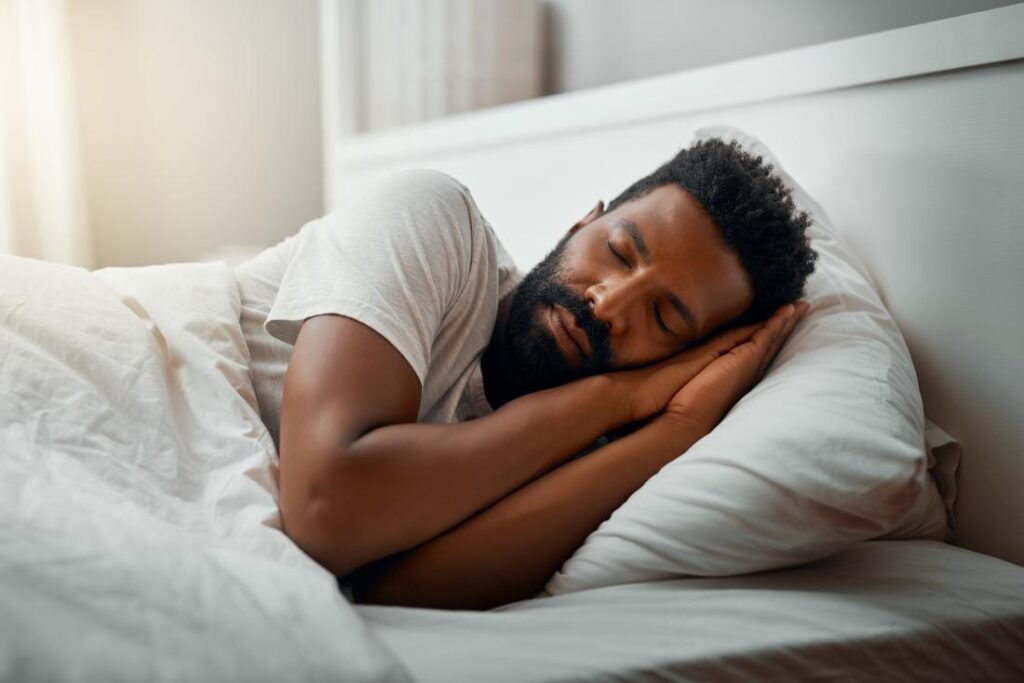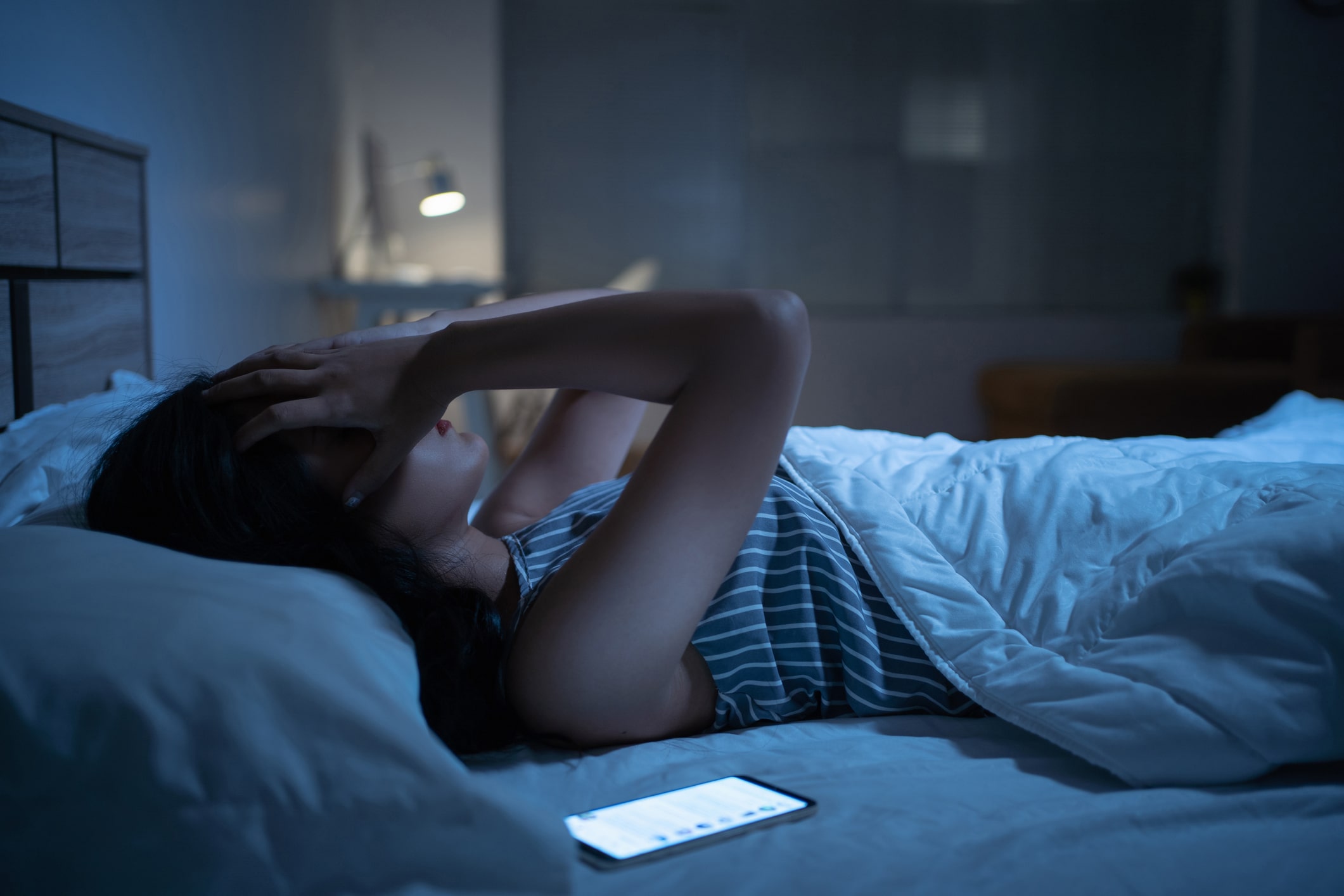Why Sleep Testing Might Be the Best Thing You Do for Your Health
In today’s fast-paced world, sleep is often undervalued, yet it plays a crucial role in maintaining overall health and well-being. Many individuals struggle with sleep-related issues, often unaware of the underlying problems that may be affecting their quality of life. Sleep testing has emerged as a vital tool for diagnosing sleep disorders, offering insights that can lead to improved health outcomes. This article explores the importance of sleep testing and how it can significantly enhance your health.
Understanding Sleep Disorders
Sleep disorders encompass a range of conditions that disrupt normal sleep patterns, leading to a variety of health issues. These disorders can affect anyone, regardless of age or lifestyle, and their symptoms can often be mistaken for other health problems.
Sleep testing is a powerful tool for diagnosing sleep disorders and improving overall health. By understanding the importance of sleep and seeking appropriate testing, individuals can take proactive steps towards better sleep quality and enhanced well-being. The benefits of addressing sleep issues extend beyond just feeling more rested; they can lead to significant improvements in physical health, mental clarity, and overall quality of life.
Common Types of Sleep Disorders
Some of the most prevalent sleep disorders include insomnia, sleep apnoea, restless legs syndrome, and narcolepsy. Insomnia is characterised by difficulty falling or staying asleep, while sleep apnoea involves repeated interruptions in breathing during sleep. Restless legs syndrome causes an irresistible urge to move the legs, often leading to discomfort and disrupted sleep. Narcolepsy, on the other hand, is a neurological disorder that affects the brain’s ability to control sleep-wake cycles.
Each of these disorders can have profound effects on physical health, mental well-being, and overall quality of life. Recognising the signs and symptoms is the first step towards seeking help. For instance, insomnia can manifest not only as a struggle to fall asleep but also as waking up too early and being unable to return to slumber. Sleep apnoea, often undiagnosed, can lead to excessive daytime sleepiness, which may be misinterpreted as mere fatigue rather than a serious health concern. Understanding these nuances is crucial for timely intervention and management.

Impact on Health
Sleep disorders can lead to a myriad of health problems, including cardiovascular issues, obesity, diabetes, and mental health disorders such as anxiety and depression. Chronic sleep deprivation can weaken the immune system, making individuals more susceptible to illnesses. Furthermore, the cognitive impairments associated with poor sleep can affect work performance and personal relationships, creating a cycle of stress and sleep disruption. The hormonal imbalances triggered by inadequate sleep can also contribute to weight gain, as the body struggles to regulate appetite and metabolism effectively.
Moreover, the societal impact of sleep disorders is significant, with increased healthcare costs and lost productivity. Many individuals suffering from these conditions may find themselves relying on stimulants or other substances to cope with their daytime fatigue, which can lead to further complications. The stigma surrounding sleep disorders often prevents individuals from seeking the help they need, as they may feel embarrassed or believe that their struggles are not valid. Raising awareness and fostering open discussions about sleep health is essential in breaking down these barriers and encouraging those affected to pursue appropriate treatment options.
Read about sleep study on: Can a Sleep Study Finally Solve Your Exhaustion
The Role of Sleep Testing
Sleep testing, also known as polysomnography, is a comprehensive method used to diagnose sleep disorders. It involves monitoring various physiological parameters during sleep, such as brain activity, eye movement, heart rate, and oxygen levels. This data provides valuable insights into an individual’s sleep patterns and can help identify underlying issues.
Types of Sleep Tests
There are several types of sleep tests, each designed to assess different aspects of sleep. In-lab polysomnography is the most comprehensive test, conducted in a sleep clinic where multiple parameters are monitored overnight. Home sleep apnoea testing is a simpler alternative that can be done in the comfort of one’s home, focusing primarily on breathing patterns and oxygen levels. Find more about oxygen at https://oxygen.patten.edu/
Additionally, actigraphy involves wearing a wrist device that tracks sleep patterns over an extended period, providing a broader view of sleep habits. These different testing methods allow healthcare professionals to tailor their approach based on individual needs.
Benefits of Sleep Testing
The primary benefit of sleep testing is accurate diagnosis. Identifying a specific sleep disorder enables targeted treatment, which can lead to significant improvements in health. For instance, individuals diagnosed with sleep apnoea may benefit from continuous positive airway pressure (CPAP) therapy, which can dramatically reduce symptoms and improve overall well-being.
Moreover, sleep testing can help uncover other health issues that may be contributing to sleep disturbances. By addressing these underlying problems, individuals can experience a holistic improvement in their health.
What to Expect During a Sleep Test
Understanding what to expect during a sleep test can alleviate anxiety and encourage individuals to seek help. The process is designed to be as comfortable as possible, allowing patients to focus on achieving a good night’s sleep.
Preparation for the Test
Before the test, patients may receive specific instructions regarding medication, caffeine intake, and sleep hygiene practices. It is essential to follow these guidelines to ensure accurate results. Patients should also prepare to bring any necessary items for their overnight stay, such as personal toiletries and comfortable sleepwear.
The Testing Environment
During an in-lab sleep test, patients will spend the night in a private room equipped with monitoring devices. These devices will be attached to various parts of the body, including the scalp, face, and chest, to record brain waves, heart rate, and breathing patterns. While the setup may seem daunting, technicians are trained to ensure comfort and privacy throughout the night.
For home sleep tests, patients will receive a simplified device to wear while sleeping. Instructions will be provided on how to set up and use the equipment, allowing for a more relaxed testing environment. Click here to find more about environment.
Interpreting the Results
Once the sleep test is complete, the data collected will be analysed by a sleep specialist. This analysis will provide insights into sleep architecture, including the duration of different sleep stages, the frequency of awakenings, and any breathing irregularities.
Understanding Your Sleep Report
The sleep report will typically include information about the quality and quantity of sleep, any identified sleep disorders, and recommendations for treatment. Understanding this report is crucial for patients, as it empowers them to take charge of their health and make informed decisions regarding their sleep and overall well-being.
Next Steps After Diagnosis
Upon receiving a diagnosis, patients will work with their healthcare provider to develop a tailored treatment plan. This may include lifestyle changes, medical interventions, or further testing. The goal is to address the specific sleep disorder effectively, leading to improvements in sleep quality and overall health.
Improving Sleep Health
In addition to seeking professional help through sleep testing, individuals can adopt various strategies to enhance their sleep health. These lifestyle changes can complement any treatments recommended by healthcare providers.
Establishing a Sleep Routine
Creating a consistent sleep schedule is vital for regulating the body’s internal clock. Going to bed and waking up at the same time each day can help improve sleep quality. Additionally, developing a relaxing bedtime routine can signal to the body that it is time to wind down.
Optimising the Sleep Environment
The sleep environment plays a significant role in sleep quality. Ensuring a dark, quiet, and cool room can promote better sleep. Investing in a comfortable mattress and pillows can also make a substantial difference. Limiting exposure to screens before bedtime is essential, as blue light can interfere with the body’s natural sleep-wake cycle.
Conclusion
In a world where sleep is often sacrificed for productivity, prioritising sleep health through testing and lifestyle changes might just be the best decision for long-term health. Embracing the importance of sleep can unlock a wealth of benefits, paving the way for a healthier, happier life.

